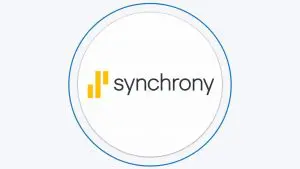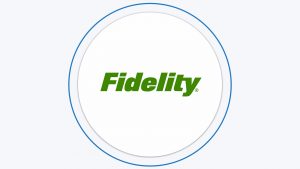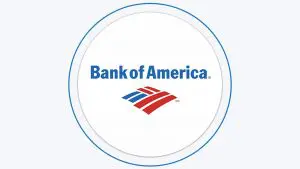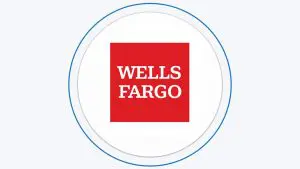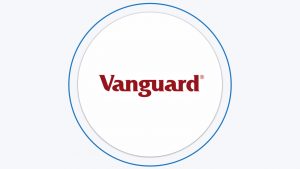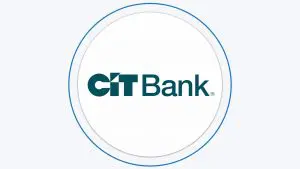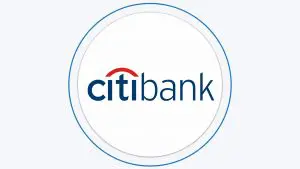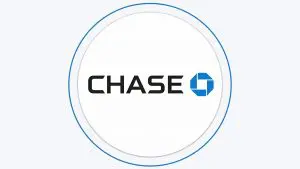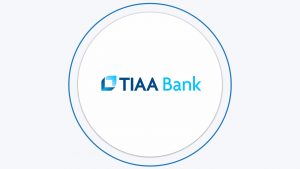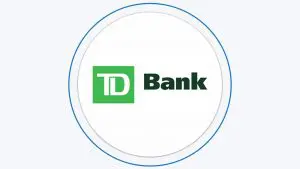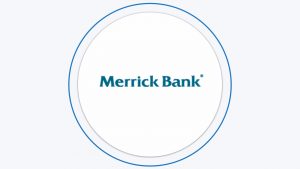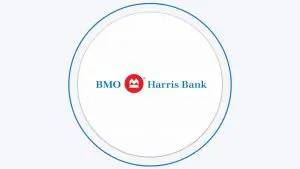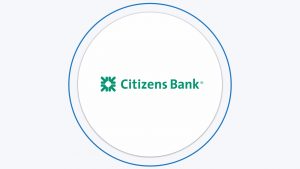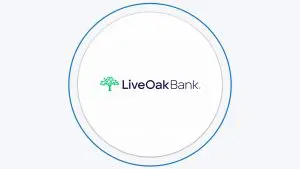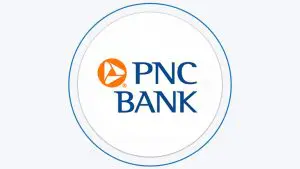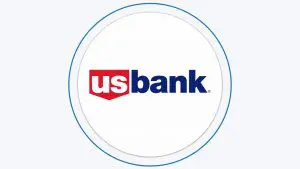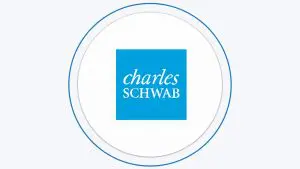The main difference between 6-month and 3-year CDs lies in the maturity period and interest rates. A 6-month CD has a much shorter maturity period than a 3-year CD, with a fixed term of just 180 days. In contrast, a 3-year CD has a much longer maturity period, with a fixed term of 36 months.
Another key difference between the two is the interest rate offered. Generally, longer-term CDs offer higher interest rates than shorter-term CDs, since the depositor is committing their funds for a longer period of time. However, that may not be the case under the current financial situation.
In this article, we will compare two common types of CDs – 6-month CDs and 3-year CDs – to help you determine which option might be best for your investment goals.
Compare 6-Month vs. 3-Year CD Rates
In general, longer-term CD rates should be higher than shorter-term CD rates because they involve a greater level of commitment from the depositor.
Shorter-term CDs, such as 6-month CDs, offer less commitment from the depositor and thus may offer lower interest rates. With a 3-year CD, for example, you are committing to leaving your funds with the bank for a longer period of time, and the bank is willing to offer a higher rate of return in exchange.
However, a comparison of these two terms reveals that higher rates on 3-year CDs are not always guaranteed. While some banks do offer higher rates on 3-year CDs, there are many others that offer similar or even higher rates on 6-month CDs. This may seem counterintuitive, but there is a good reason for it.
Financial Institution | 6-Month APY | 3-Year APY | Min Deposit |
|---|---|---|---|
5.15% | 4.15% | $0 | |
4.35% | 4.10% | $0 | |
4.25% | 3.75% | $2,500 | |
3.00% | 3.60% | $1,000 | |
4.80% | 4.00% | $2,500 | |
4.00%
| 4.10%
| $1,000
| |
5.25% | 5.00% | $1,000 | |
5.35% | 5.10% | $1,000
| |
5.32% | N/A | $1,000 | |
4.80% | 2.00% | $2,500 | |
5.00% | 4.30% | $2,500 | |
4.40% | N/A | $0 | |
4.80% | 4.15% | $500 | |
5.25% | 4.20% | $25,000 | |
4.75% | 2.00% | $500 | |
0.03% | 0.03% | $1,000 | |
3.00% | 2.50% | $1,000 | |
N/A | 3.00% | $0 | |
0.65%
| 1.29% | $250 | |
4.00% | 3.00% | $50 | |
5.30% | 4.25%
| $1,000
|
The main reason for this is the expectation of lower Federal Reserve (Fed) rates in the medium to long term. The market believes that the Fed will have to reduce interest rates within the next 1-2 years, and that interest rates will not remain at current levels.
This expectation creates an opportunity for investors who believe this scenario will happen, as they can lock in the current rate for 3 years and get a guaranteed return on their investment.
Sign Up for
Our Newsletter
Compare 6-Month vs. 3-Year Early Withdrawal Fees
The early withdrawal fees for a 6-month CD and a 3-year CD differ significantly due to the difference in the maturity periods. Generally, early withdrawal fees for a 6-month CD are lower compared to a 3-year CD.
A 6-month CD typically has an early withdrawal fee equivalent to a 90-180 days' worth of interest, while a 3-year CD may have a penalty of 6-9 months' worth of interest. The exact penalty amount varies between banks, but the penalty for early withdrawal on a 3-year CD is usually higher because the bank relies on the depositor's commitment to keep the funds in the account for the full 36-month period.
Financial Institution | 6-Month CD | 3-Year CD |
|---|---|---|
90 days of interest
| 180 days of interest
| |
3 months interest
| 6 months interest
| |
3 months interest
| 6 months interest
| |
365 days / 30% of dividends | 365 days / 30% of dividends | |
90 days of interest | 180 days of interest | |
25% of total interest earned | 25% of total interest earned | |
Fees, based on the amount | Fees, based on the amount | |
Fees, based on the amount | Fees, based on the amount
| |
Fees, based on the amount | Fees, based on the amount | |
90 days of interest | 180 days of interest
| |
100% of interest earned | 100% of interest earned | |
60 days of interest
| 90 days of interest
| |
90 days interest
| 180 days interest
| |
90 days of interest
| 180 days of interest
| |
90 days of interest | 180 days interest
| |
90 days of interest
| 180 days of interest
| |
180 days of interest
| 365 days interest
| |
N/A | 270 days interest
| |
90 days of dividends
| 180 days of dividends
|
Should I Consider a 6-Month or 3-Year CD?
Determining whether a 6-month or 3-year CD is the better option for you depends on your individual financial goals and needs.
If you are looking for a short-term investment with quick access to your funds, a 6-month CD may be the better option for you. With a lower early withdrawal penalty, a 6-month CD offers more flexibility in case you need to withdraw your funds before the maturity date.
On the other hand, if you are willing to commit your funds for a longer period of time and want to lock the current rate for a long time, a 3-year CD may be the better option. With a higher early withdrawal penalty, a 3-year CD offers less flexibility, but it can provide a guaranteed rate of return on your investment for the full term.
FAQs
How much should I invest in a 6-month CD?
The amount you should invest in a CD depends on your individual financial situation and goals.
Can I withdraw my funds early from a 3-year CD?
Yes, you can withdraw your funds early from a CD, but you may be subject to an early withdrawal penalty.
What is the penalty for early withdrawal on a 3-year CD?
The penalty for early withdrawal on a 3-year CD varies between banks, but it is typically equivalent to 3-6 months' interest.
How is interest calculated on a CD?
Interest on a CD is usually calculated using the simple interest method based on the principal balance and the interest rate.
What happens if the bank fails while my CD is active?
If the bank fails while your CD is active, the FDIC will insure your deposit up to $250,000 per depositor per bank. While nearly all banks are insured, make sure to check your bank has FDIC insurance.

